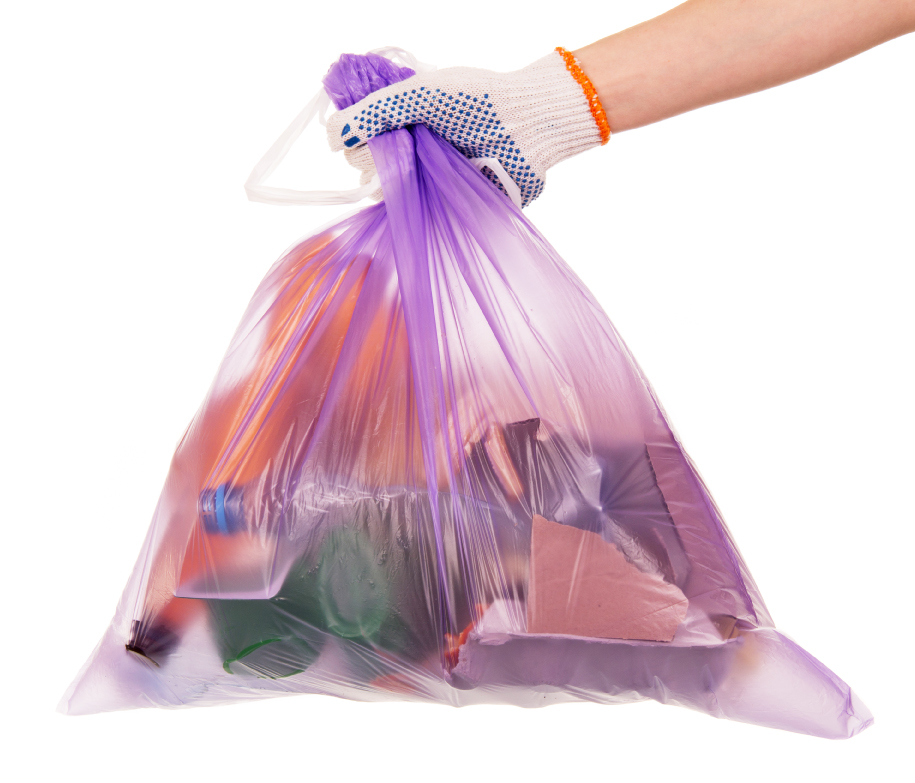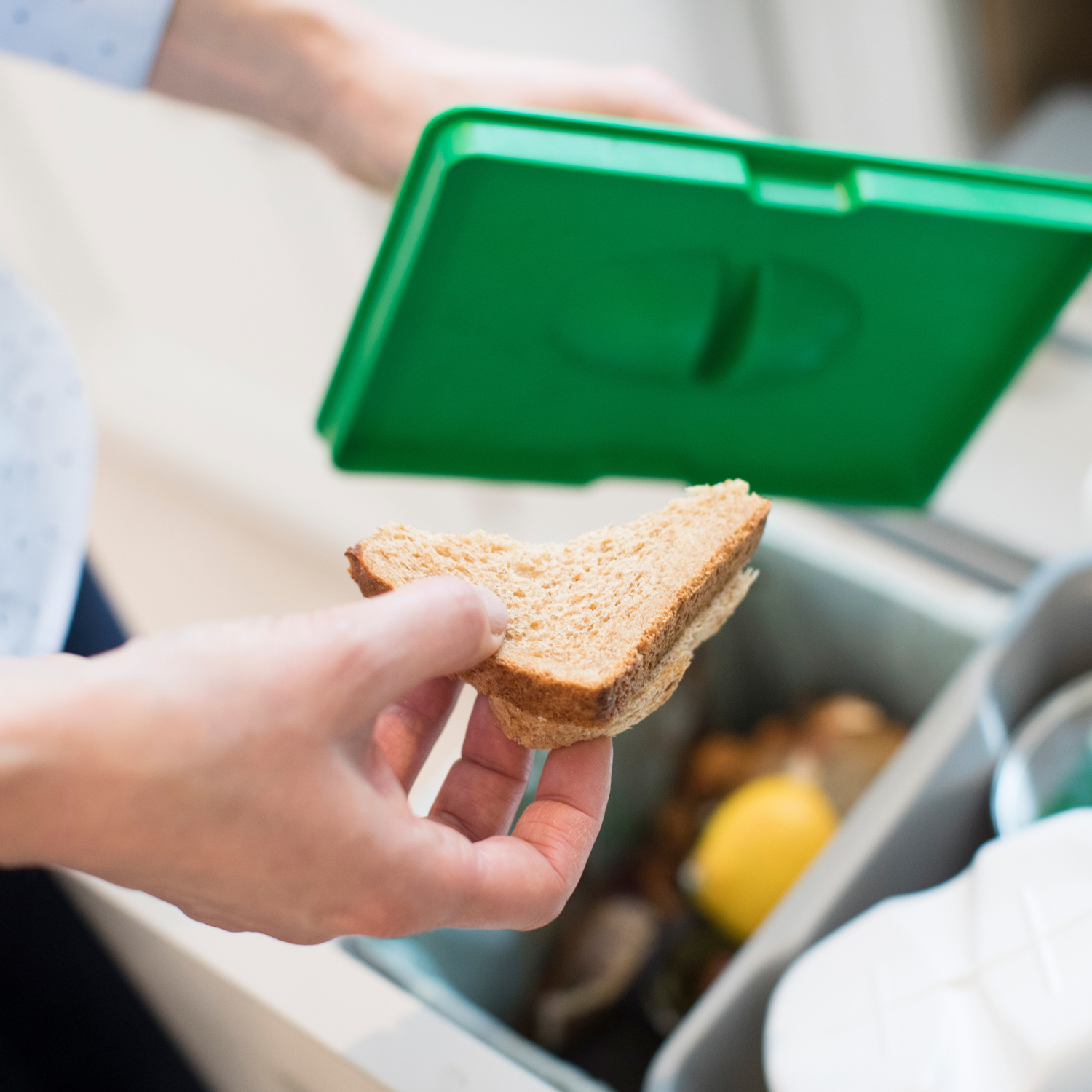 Food shortage is one of the most pressing global problems. In recent years, it’s been “all hands on deck” for identifying food waste solutions. Food processing facilities are uniquely positioned to take the lead by trimming waste before products make it to the store shelves. Here are some key strategies for reducing waste in food manufacturing.
Food shortage is one of the most pressing global problems. In recent years, it’s been “all hands on deck” for identifying food waste solutions. Food processing facilities are uniquely positioned to take the lead by trimming waste before products make it to the store shelves. Here are some key strategies for reducing waste in food manufacturing.
1. Adopt a better tracking system.
Data is your best friend when it comes to food waste reduction. One of the best ways to get the most from your data is to use an Enterprise Resource Planning (ERP) system. In short, every operation has its own information — shipping, packaging, production — but not all departments share that information in a way that’s usable. An ERP system helps you to pull all of that data into a single location so you can identify areas of waste and inefficiency — and, ultimately, make smarter decisions.
2. Constantly adjust your forecasting methods
Once you have some baseline data, you can better predict consumer demand during any given period. Obviously, you want the flexibility to meet demands, but you don’t want to look at your shelves and notice you’ve got boxes of unused ingredients. So, in addition to traditional forecasting (holiday foods, for example) you’ll want a strategy in place that looks at emerging trends (such as gluten-free) that might come and go with time or stick around for the long haul.
3. Leverage your packaging know-how.
We’ve all raced the clock when it comes to eating groceries before they spoil, but we don’t always make it. When you look at the big picture, the amount of food that goes to waste because the consumer didn’t eat it quickly enough is huge. Fortunately, food packaging technology is constantly improving. Better packaging can lock out contaminants for longer and prevent spoilage. Even incremental shelf life adjustments can make a big difference when you consider how many products are out there. Then there’s the labeling on your food products. Be very clear about shelf life so the consumer isn’t surprised to see that a meal is beyond salvaging. It also helps to include smarter storage instructions (i.e., store at room temperature, refrigerate after opening, keep frozen).
4. Educate the consumer.
Basic food labeling, as noted above, is just a first step toward a more informed consumer base. After all, you have only so much space to get your message out there. You have tons of communications channels at your fingertips. The trick is to know how to drive the consumer in the right direction. Consider URLs and QR codes on your packaging to guide consumers to food efficiency information on your website.
How Can PacMoore Help
At PacMoore, we like a challenge — and food waste is a big one. We leverage years of experience to help our customers reduce food waste at the contract manufacturing stage. Contact us today to learn more about what we can do for you.
 RELATED CONTENT: 5 Consumer Trends Impacting the Food And Beverage Supply Chain
RELATED CONTENT: 5 Consumer Trends Impacting the Food And Beverage Supply Chain
Share this on Facebook, Twitter, LinkedIn, or email to a friend.
Click below to share:



